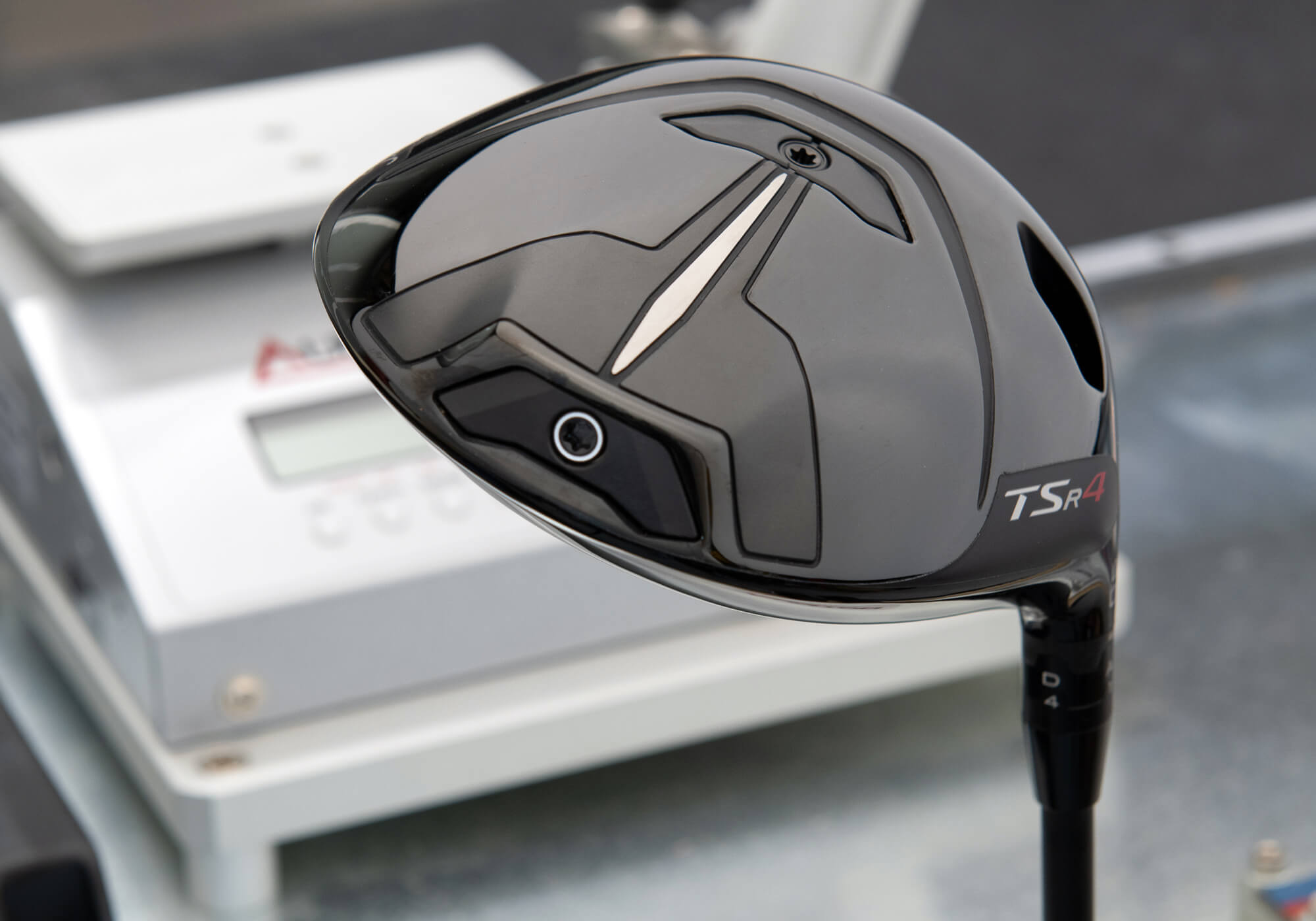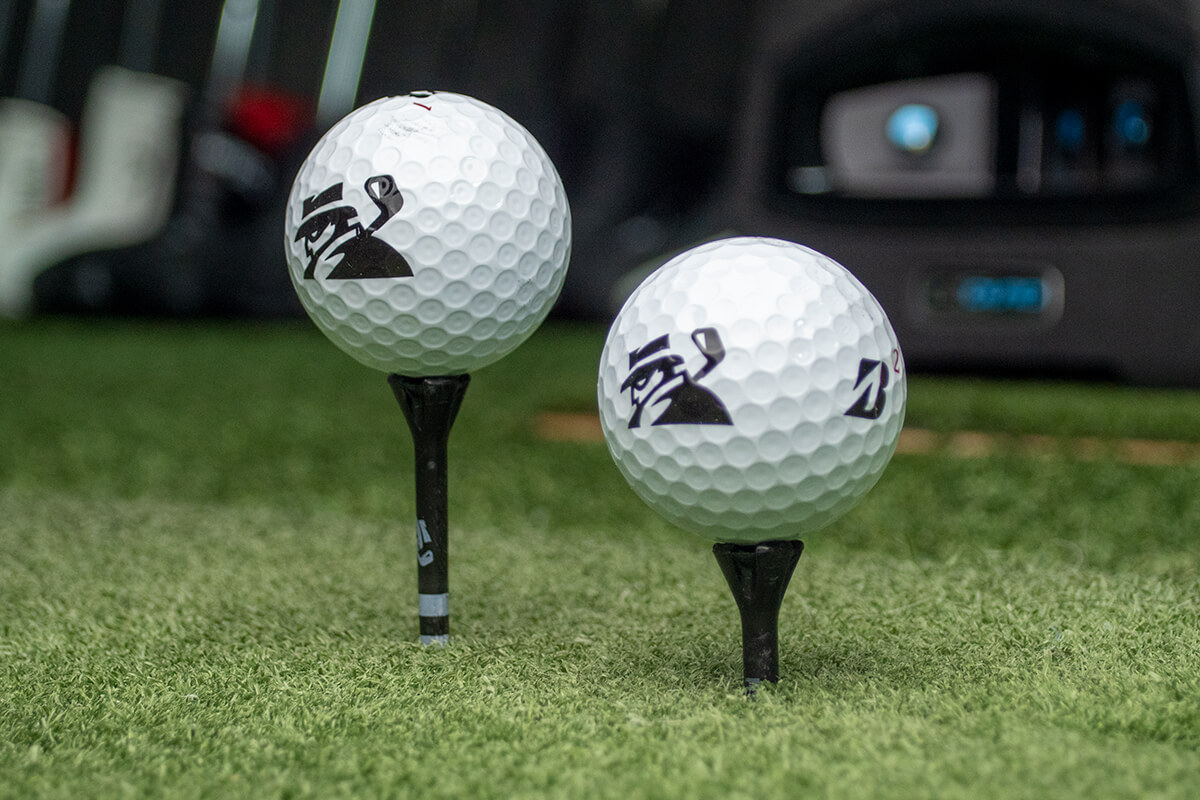Golfing News & Blog Articles
How do you reduce driver spin?
Not long ago, we got a question from a reader:
How do you decrease driver spin? – Roosevelt
Rather than give a quick answer in one of our AskMyGolfSpy mailbag posts, I thought it was worth
digging into a bit more deeply.
The reality is that while cutting spin can be challenging for many of us, there are several approaches that
might work.
Emphasis on might.
Before we get to that, let’s acknowledge the miserable reality that it’s a whole lot easier to add spin than remove it.
And while we won’t dedicate a section of this post to it, our strongest recommendation would be to
work with a competent golf coach to identify and address the root causes of excessive spin.
That said, when cutting spin is the objective, several things can work – both independently
and together – to help drop spin.
Reduce Loft
This is the easiest approach. If you’re spinning the ball too much off the driver, reducing loft will reduce
spin.
Most drivers are loft adjustable, allowing you to decrease loft by a degree or two with no more effort
than it takes to turn a wrench.
If you can’t get there with a hosel adjustment, a lower-lofted head is always an option.
Most manufacturers offer something in the 7.5- to 8.5-degree range. Not that I’d recommend it but,
factoring in hosel adjustability, some of them can go as low as six degrees.
The caveats are that you may risk dropping launch into the too-low zone, especially if your high
spin is paired with low launch.
Loss of accuracy is also a concern.
Generally, a lower-lofted driver will produce a lower spin loft (the difference between dynamic loft and
attach angle). That contributes to the lower spin rate we’re looking for but it’s also important to
understand that, as spin loft drops, it becomes easier to tilt the spin axis and, with that, the ball will tend
to curve more.
Move the Center of Gravity Forward

The general rule here is that, the more forward a driver’s center of gravity is, the lower the spin rate. CG height plays a role as well but we’ll keep this simple for now.
If your driver has a front/back weighting option, you’re going to want to put the heaviest weight in the front.
If your driver doesn’t allow you to move weight forward, you might want to look at lower-spinning drivers like the TaylorMade Stealth 2 Plus, COBRA AEROJET LS, Titleist TSR4 or the Callaway Paradym Triple Diamond.
All offer a center-of-gravity location that’s more forward than a typical driver and should produce below-average spin rates.
The caveat with this approach is that more forward CG designs are invariably lower MOI. I’d wager that the four models I just suggested are among the lowest MOI drivers on the market.
What that means is that, on paper, they’re less forgiving. That may not be an issue for some. It’s also worth pointing out that some of the ball speed protection lost to lower MOI can be offset by the increased spin consistency that often accompanies a forward center of gravity.
I’d also be remiss not to mention that, while MOI is absolutely part of the forgiveness story, the most forgiving driver for any golfer will be the one you hit closest to the center most often.
Close the Face

This one is mostly for the guys whose high-spin issues are the result of an aggressive fade (how’s that for a nice way of saying slice?).
A ball struck with an open face is going to produce excessive spin. So if your spin problem is partly due to an open face, delivering the face square or even slightly closed will decrease spin dramatically.
The easy approach is to take out your wrench and add loft at the hosel. If that doesn’t get it done, look for a driver that has a slightly closed face by design. The PING G430 SFT springs to mind but many of the draw-biased designs on the market will set up slightly closed.
Adjust Your Tee Height

When you hit the ball below face center, spin rates increase. With that in mind, our primary goal here is to move impact up the face (impact above the center of gravity works to reduce spin).
In most cases, the recommendation for golfers looking to cut spin is to tee the ball higher. Teeing it higher can have several benefits.
Increased tee height often promotes an in-to-out path and a more upward attack angle. It can, as I just said, also move impact higher on the face, which will reduce spin with minimal speed loss.
It’s a bit counterintuitive but, in some cases, increasing tee height may move impact down the face. In those cases, raising the tee without addressing the other issues leading to low-face impact isn’t going to get you much.
For some golfers, reducing tee height leads to a drop in spin.
Given that there are no absolutes, the best approach is to try different tee heights until you find one that consistently produces center-face or slightly above center impact.
If you’re not sure where you’re impacting the face, a little foot spray on the face will clear it up for you.
Increase your Attack Angle
This one can work in conjunction with tee height. The more you hit up on the ball, the more that spin-loft number we mentioned will decrease. As spin loft drops, so do spin rates.
TrackMan says spin loft is compression itself. With that, when all else is equal, in addition to lower spin, a more positive attack angle will often increase ball speed.
For some, increasing attack angle can be as simple as adding a bit of spine tilt at address though we’d suggest working with an instructor on this one as they may be able to identify (and resolve) other factors contributing to excessive spin.
Change Your Shaft

A word of caution: Just because you’re looking to lower spin doesn’t mean you should buy whatever “low-spin” shaft was most recently recommended in your favorite golf forum.
It’s not that simple.
There’s nothing inherent in any shaft or shaft profile that guarantees lower spin.
The shaft plays a significant role in how the clubhead bends, twists, deflects and closes during the downswing. With that, the shaft influences things like dynamic loft (the actual amount of loft delivered at impact), face angle at impact and closure rate (how fast the head is moving towards square and beyond) at impact.
Depending on the golfer, all that stuff I mentioned can come together beautifully to reduce spin. When those same factors don’t come together quite right, the result will often include added spin (and decreased accuracy).
Once again, there are no absolutes here. To reduce driver spin, you very well might need a stiffer shaft (or at least one with a stiffer tip section) but it’s also possible you can cut spin with a softer one.
There’s quite a bit of complexity in how a shaft‘s properties can work with or against a golfer.
More simply, the shaft that causes one golfer to hook the ball may cause another to slice it. For a third golfer, it may produce optimal ball flight.
While some golfers have been successful with a DIY approach, this is another situation where we’d recommend working with a knowledgeable fitter.
Which, of course, brings us to …
Get Fitted
This is a bit of a catch-all, for sure, but if you can’t solve the spin problems on your own and you’re not interested in sorting it out with a teaching professional, working with a fitter may be the best solution.
Even if you cannot drop spin into the optimal range, a knowledgeable fitter should be able to help you find a driver optimized for how you deliver the club.
Change Your Golf Ball

It’s not the first thing I’d suggest but changing golf balls is one way to cut spin off the driver.
In our 2021 ball test, at a swing speed of 100 mph, our lowest-spinning ball spun 300 fewer rpm than the average ball. That’s a bit more than we’d expect to see from a one-degree decrease in loft.
At the extreme end, the lowest-spinning ball (TaylorMade Tour Response) produced 600 fewer rpm than the highest-spinning ball (Kirkland Signature V2). That’s equivalent to a two- to three-degree decrease in loft.
As a benefit for some golfers, a lower-spinning ball is typically a straighter-flying ball (it’s why many low-compression balls are billed as being more forgiving).
While there are some lower-spinning mid-compression balls, for the most part, low compression and low spin go hand in hand, so, for mid to fast swing speed players, there can be a ball speed and distance penalty. That said, for excessive spin players, the speed loss may be completely offset by the added distance that comes from reduced spin.
A word of warning: While changing golf balls can absolutely help reduce spin off the driver, as the one piece of equipment you use on every shot, a golf ball change will have ramifications throughout the bag.
You’ll need to carefully consider if you’re comfortable with a drop in spin off the irons as well as the potential greenside implications.
Try … If that doesn’t work, Try Something Else
While cutting spin isn’t always easy, there are several levers golfers can pull to achieve the desired result.
Keep in mind, it might not be one thing that gets you where you need to be but, by experimenting with different methods and even stacking one or two fixes together, you might be able to solve your spin problem.
With a little luck, you might be able to do it with the gear you already have.
The post How do you reduce driver spin? appeared first on MyGolfSpy.


